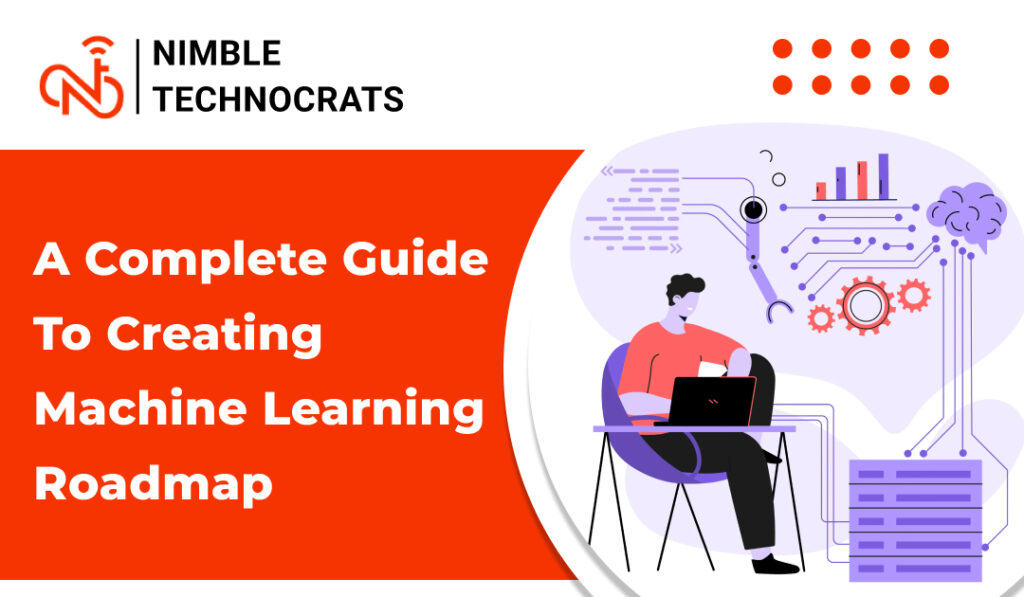A Complete Guide to Creating Machine Learning Roadmap
In simple terms, machine learning is the process of making your machine smart by providing accurate data and understanding each concept of machine learning in-depth. In this technological era, machine learning has been becoming one of the most rapidly evolving fields. In this blog post, we’ll outline a machine-learning roadmap.
What is Machine Learning?
Before we start making an ML roadmap, you must have a basic idea of machine learning. Machine learning is a way of making a machine learn from data to make decisions. Traditional programming depends on explicit rules and instructions defined by a programmer to solve an error, whereas machine learning makes use of algorithms to learn patterns from data. In the real world, various existing machine learning models can:
separate spam from emails, such as Gmail
correct spelling mistakes and grammar, which you can see in autocorrect
Machine Learning Roadmap for Beginners
Now, let’s have a quick look at the roadmap for machine learning:
Choose a Programming Language
When you start learning machine learning, you must choose a programming language first. There are various programming languages, but the most appropriate machine learning are R Programming and Python. Python is more important and it is easy to learn.
Learn Linear Algebra
If you want to master machine learning, you should learn linear algebra. You need to follow step 1 where you will learn languages and then, in the next step, you will learn linear algebra.
Learn Statistics
It is important to have an understanding of statistics and probability when you want to master machine learning.
Consider Learning Core ML Algorithms
You should consider learning core ML algorithms to learn how they work. To learn their working, look into:
slope
gradient descent
reinforcement learning
clustering
basic linear regression
supervised or unsupervised learning
Learn Libraries of Python
You need to learn Numpy and Pandas. This will be useful to debug the code of the Python/sklearn.
Learn Deployment
To train your machine learning model, you need to learn various frameworks. To train your machine learning model you need to pass data that you prepared to your machine learning model to make predictions and find patterns.
Types of Machine Learning
Machine learning includes a large volume of data for a machine to learn, find patterns, make predictions, or classify data. The following are the most common types of machine learning:
Supervised Learning
This type of machine learning got its name as the machine is supervised which means you feed the algorithm information to help it learn. The output you provide the machine is labelled data, and the remaining information you provide is used as input features.
Unsupervised Learning
While supervised learning needs users to help the machine, unsupervised learning doesn’t use the same labelled data. Instead, the machine learns from the less obvious patterns in the data. This machine learning is useful when you need to address patterns and use data to make decisions.
Reinforcement Learning
Reinforcement learning is a machine learning type in which the algorithm learns by interacting with its environment and getting a negative or positive reward. Common algorithms include deep adversarial networks, temporal differences, and Q-learning.
Explore Advanced Machine Learning Techniques
Once you know the basics of machine learning, you can explore more advanced machine learning techniques:
Natural language processing is used for text-based applications like sentiment analysis, chatbots, etc.
Reinforcement learning is used to master games.
Conclusion
Now that you know the machine learning roadmap to learn machine learning. You can implement these steps using Python language. Therefore, learning machine learning from scratch is not that much tough, you can implement it by following the steps mentioned above.
Other Useful links:-
A Complete Guide to Creating Machine Learning Roadmap Read More »

